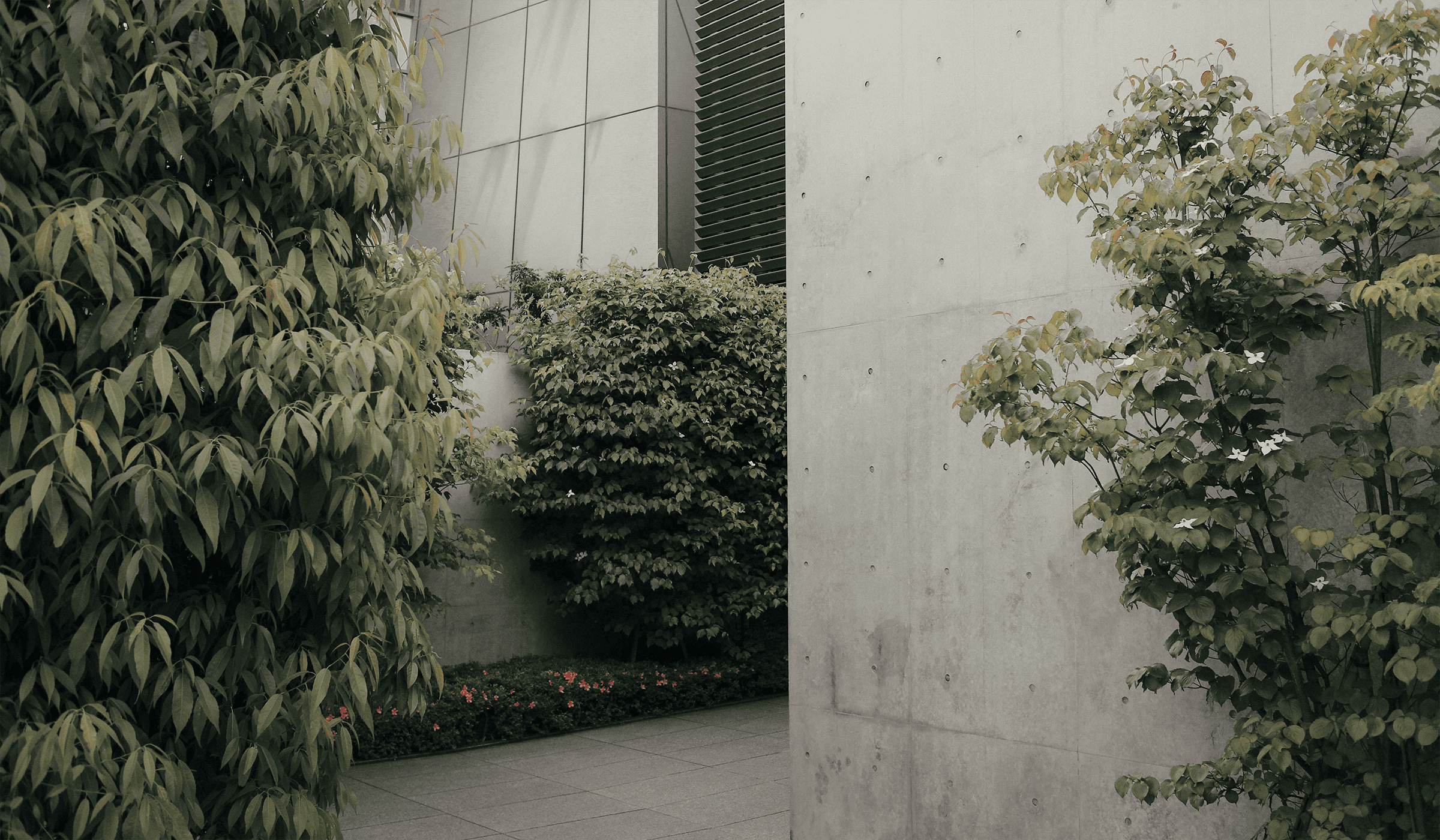MASTER’S DEGREE IN INTERIOR DESIGN
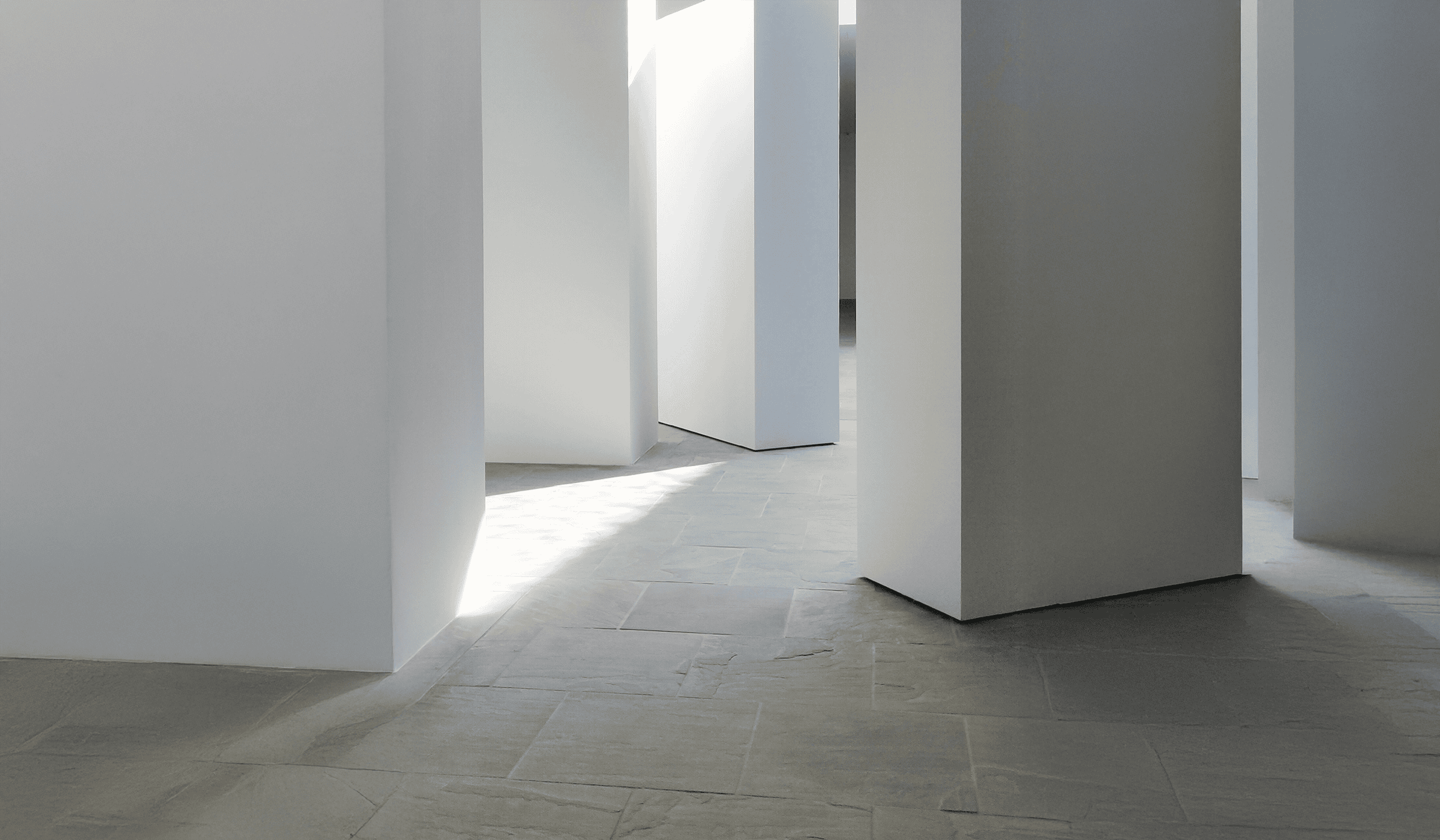
At this historical moment, marked by social, cultural, and technological change, it is essential to recognize the growing adoption of advanced technologies, the transformation of urban living spaces, and the increasing focus on sustainability. These dynamics call for designers capable of combining creativity, technical expertise, and environmental awareness, developing integrated solutions that meet contemporary needs for comfort, usability, sustainability, and quality of life in both built and natural environments.
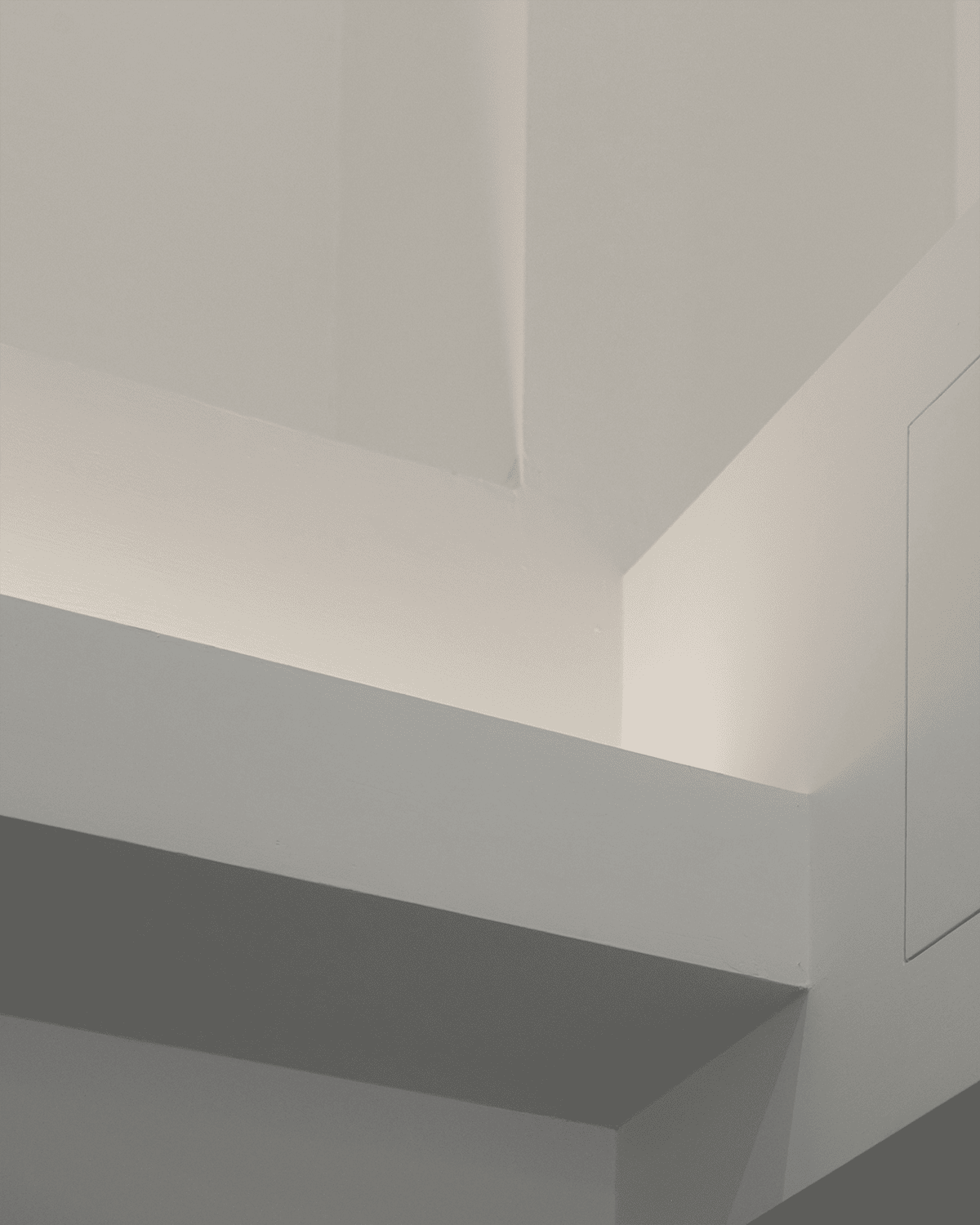
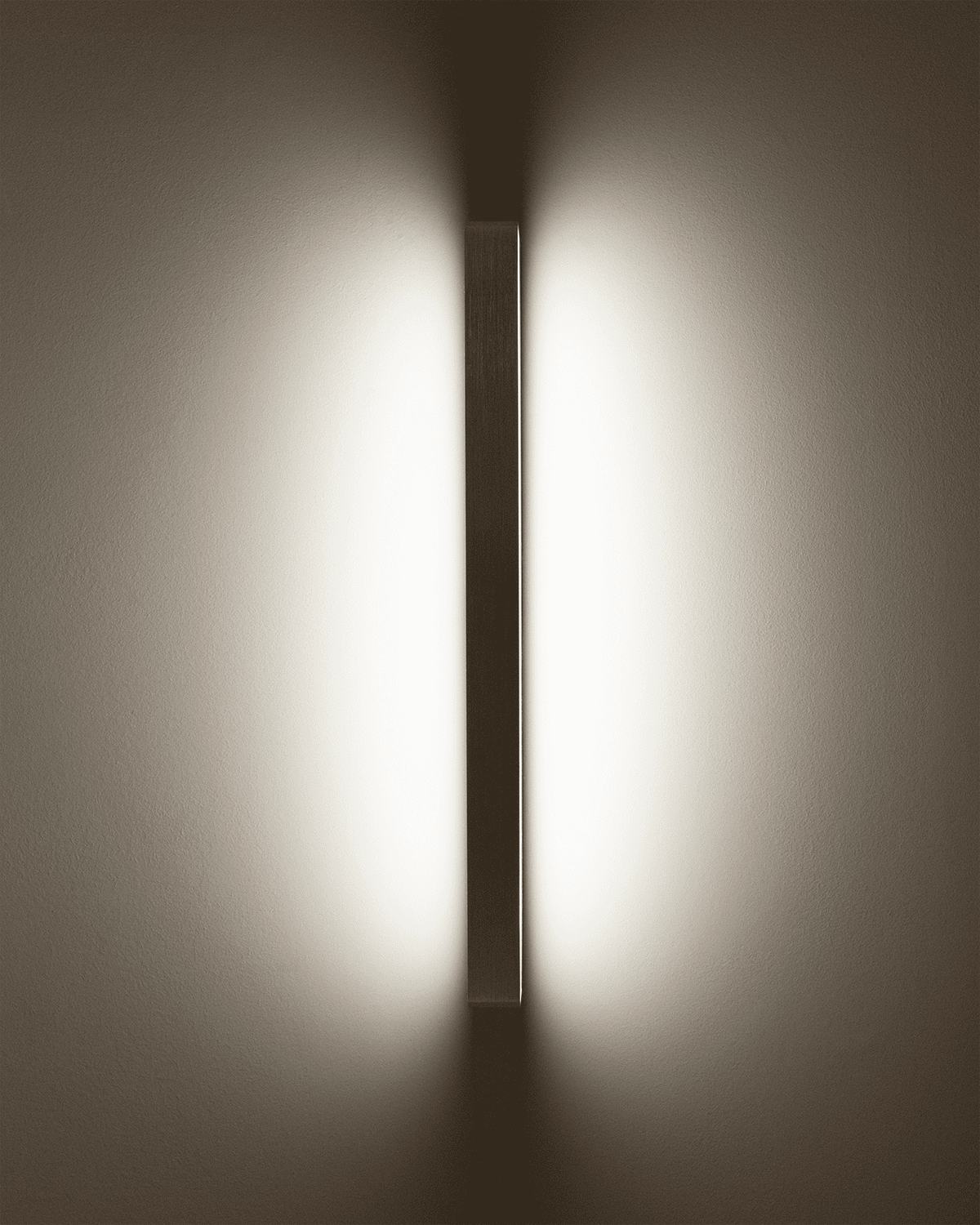
The Master’s Program in Interior Design trains professionals capable of designing innovative, multifunctional, and sustainable spaces, blending creativity, technology, and design culture to address the challenges of contemporary living. This advanced program integrates theory, experimentation, and digital tools, preparing designers to transform the built environment into experiences of well-being, connection, and identity.
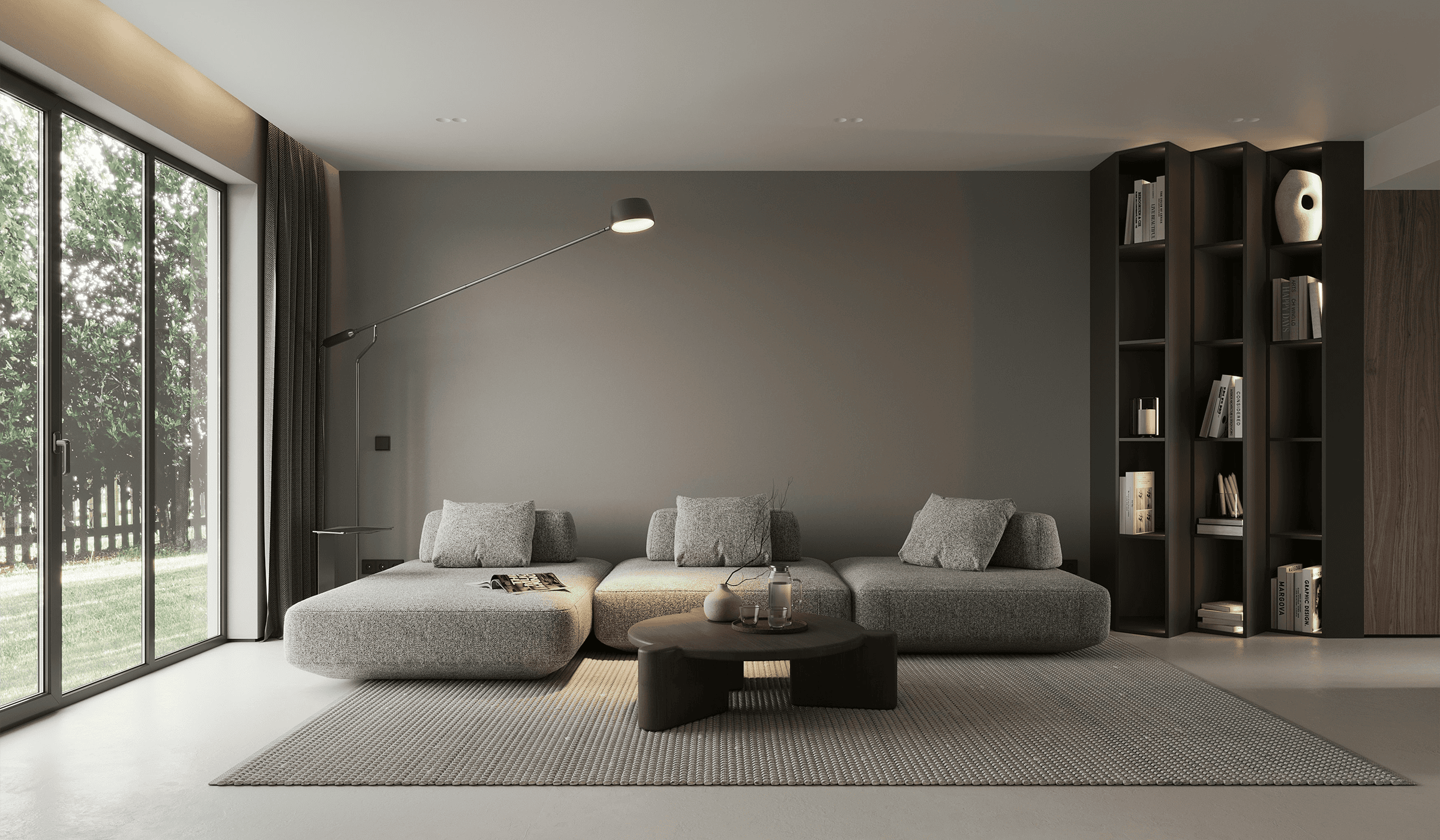
Requirements
Applicants eligible for enrollment in the Master of Arts Program include all those who hold a Bachelor Degree corresponding to the requirements of the chosen program, as well as any foreign qualification recognized as suitable by the ABA UD, in accordance with current regulations and international agreements.
Applicants holding an Italian Bachelor Degree in disciplines related to the chosen field of study may be granted direct admission.
Based on the documentation submitted during the application process, and once the eligibility and academic background of the candidate have been verified, the Admissions Office will issue a letter of admission granting direct access to the program.
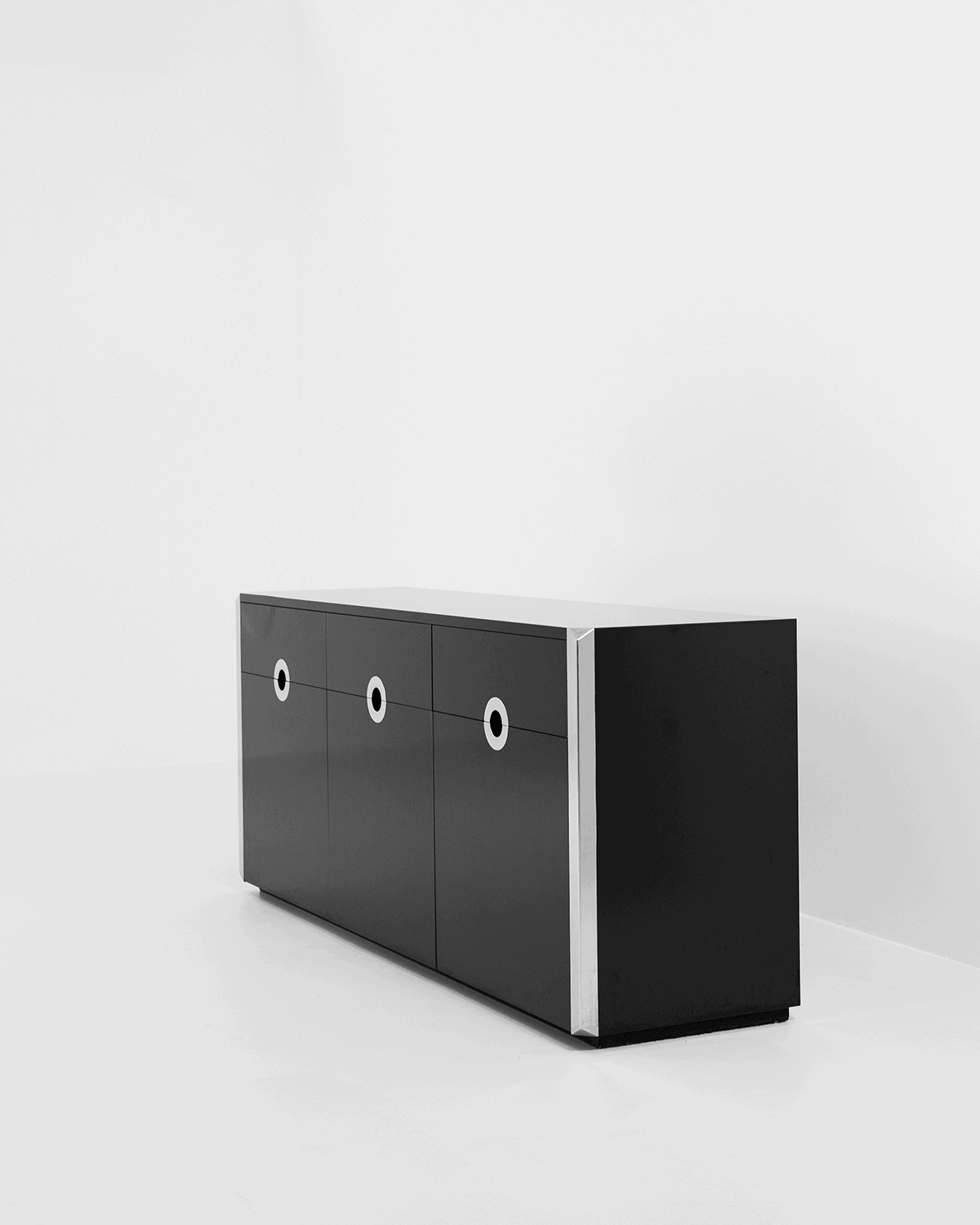
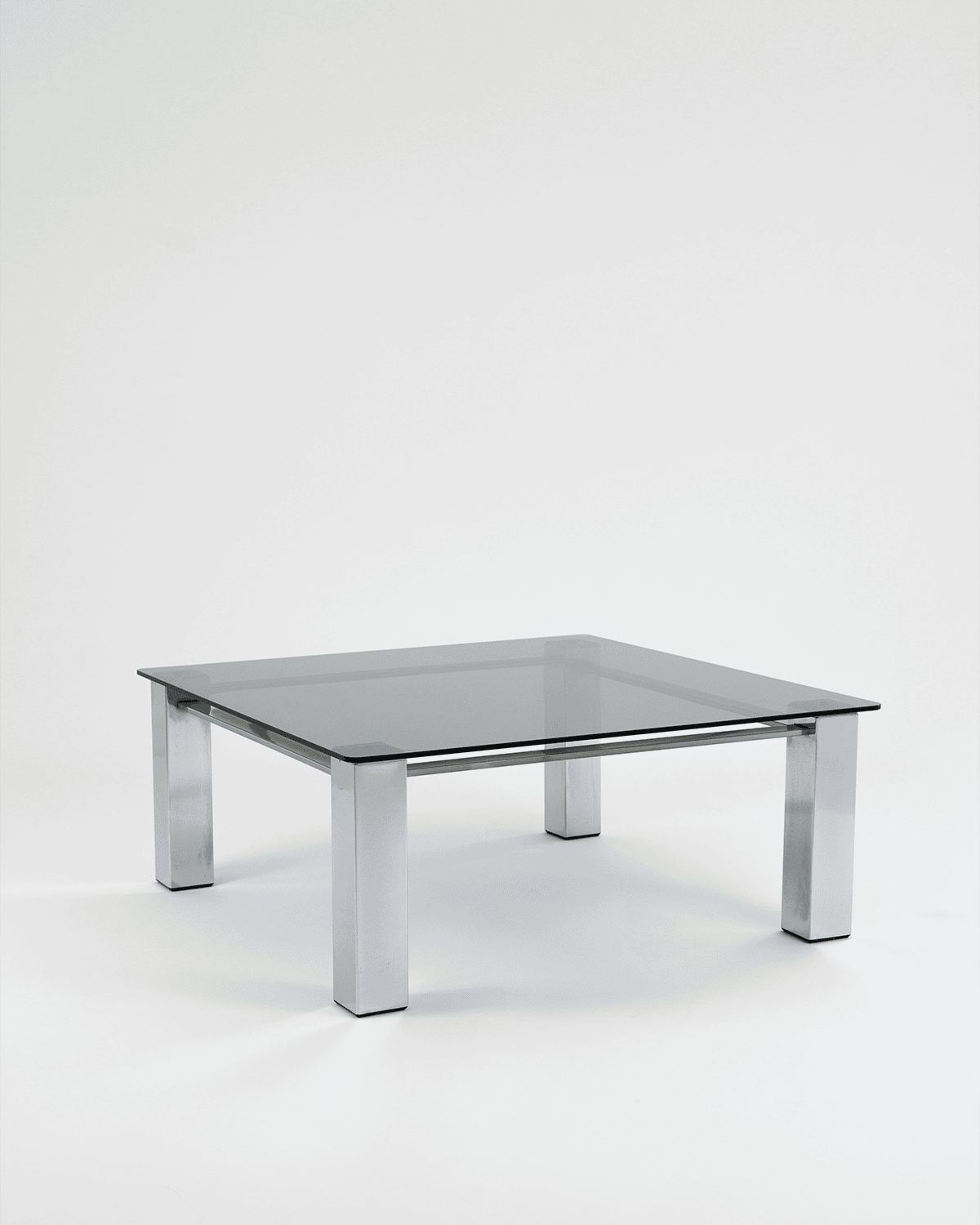
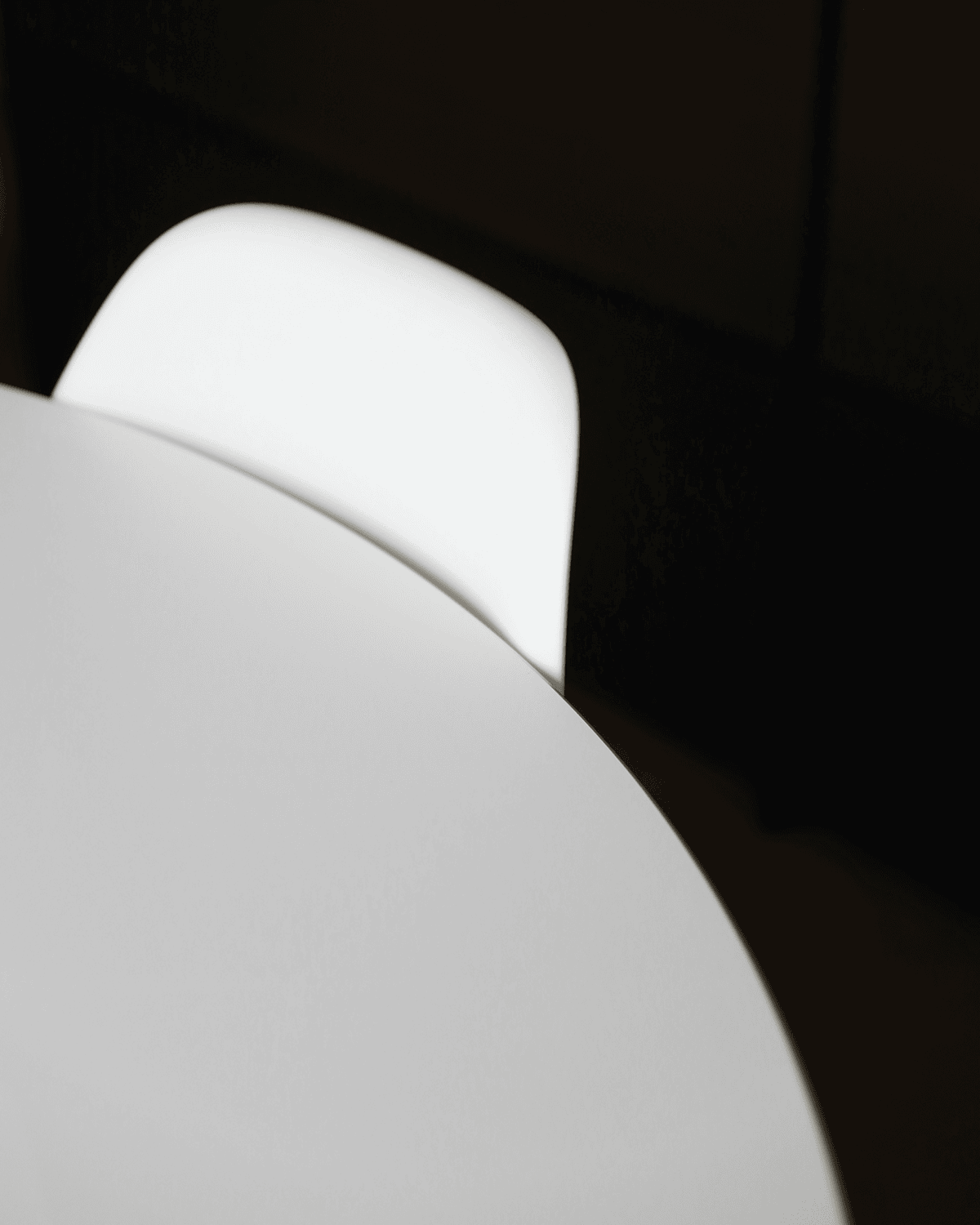
The Master’s Program in Interior Design trains professionals skilled in the design of interior spaces and in the creation of functional, aesthetic, and sustainable environments. The course promotes an informed and interdisciplinary design culture that combines the study of Design History, Elements of Architecture and Urban Planning, and the principles of Ecodesign. Students are guided in developing a design vision that integrates creativity with technological awareness, learning to conceive spaces that meet contemporary needs for comfort, social interaction, and sustainability. The program also encourages the acquisition of critical and communication skills, essential for working effectively in both professional and cultural international contexts.

Teaching Methodology
The program’s teaching approach combines a solid theoretical foundation with practical training, fostering learning through direct experience and design experimentation. The courses in Interior Architecture I and II and Design Culture guide students in the design of complex spaces, emphasizing the balance between aesthetics, functionality, and the relationship with the urban context.
Activities in 3D Rendering and Digital Technologies provide advanced tools for the representation and communication of design ideas, while courses in Ecodesign explore sustainable practices and strategies, encouraging an awareness of material life cycles and environmental impact.
Through collective discussions and critiques, students are encouraged to develop design autonomy and critical thinking skills, as well as to document their projects using professional and contemporary visual languages
In the Interior Design program, design workshops represent key moments of learning and experimentation, where students develop the ability to create concepts, analyze functional and aesthetic requirements, and translate ideas into coherent and sustainable design solutions. These experiences encourage the integration of different disciplinary areas – from materials to lighting, from color to spatial perception – fostering creativity, critical thinking, and an interdisciplinary vision.
At the same time, the program promotes transversal skills that are essential in today’s profession: listening to and interpreting client needs, effectively communicating projects through drawings, renderings, and presentations, and collaborating in multidisciplinary teams, managing every phase of the design process with awareness, precision, and sensitivity to the environmental and human context.
The Master of Art in Interior Design prepares professionals capable of addressing the challenges of contemporary design, offering training that combines creativity, technology, and environmental responsibility, while balancing aesthetics, functionality, and well-being. Graduates can work as Interior Designers in design studios, furniture and exhibition companies, or collaborate with architectural and engineering firms on residential, commercial, and public spaces.
The multidisciplinary skills acquired also enable graduates to pursue careers as freelance consultants or to participate in projects related to urban regeneration, exhibition design, and sustainable design.
